Pope Francis, who died aged 88 on Monday, was seen as a progressive who spoke openly about technology, and more recently artificial intelligence (AI), something he even became a victim of.
In 2023, the Pontiff was spotted walking down St Peter's Square at the Vatican wearing a stylish Moncler white puffer jacket and a long necklace with a bejewelled crucifix. Except, it was an AI-generated image that looked very realistic and had viewers convinced it was his new style.
Since his passing, a flurry of memes has ensued online about the appointment of his replacement. While the Pope welcomed social media to share his message, he also urged that technology “unite, not to divide”.
In one of the Pontiff’s prayers in April, his last before his passing, his message was focused on technology and urged using it for good. He said he would love for humans “to look less at screens and look each other in the eyes more".
He also said in the video, which was shared online on the Pope’s official YouTube channel, "something's wrong if we spend more time on our cell phones than with people".
"Let us pray that the use of the new technologies will not replace human relationships, will respect the dignity of the person, and will help us face the crises of our times," he added.
The ‘existential risk’ and ‘immense potential’ of AI
Pope Francis had issued several warnings about the risks of AI, and the Vatican in January released an official doctrine of ethical guidelines for AI that expands on what he had previously said.
Called “Antiqua et Nova,” the underlying message of the “Note on the relationship between artificial intelligence and human intelligence” is that AI must be used as a tool to complement, and not replace, human intelligence.
Quoting Pope Francis, the document reads: “the very use of the word ‘intelligence’ in connection to AI ‘can prove misleading’… in light of this, AI should not be seen as an artificial form of human intelligence, but as a product of it”.
The document also said that autonomous and lethal weapons capable of “identifying and striking targets without direct human intervention are a “cause for grave ethical concern”.
Pope Francis had called for this AI use to be banned as it poses “an ‘existential risk’ by having the potential to act in ways that could threaten the survival of entire regions or even of humanity itself”.
The document was shared in mid-January, which followed the launch of Chinese AI company DeepSeek, releasing a model that caught up with American AI leaders at a fraction of the cost.
As for fake news or AI-generated deepfakes, the document warned that creating or spreading such falsehoods can cause much harm.
People should “avoid the sharing of words and images that are degrading of human beings, that promote hatred and intolerance, that debase the goodness and intimacy of human sexuality or that exploit the weak and vulnerable,” the document reads.
But the Vatican document was not all doom and gloom, and did see the promise of AI in fields such as education and health.
According to the doctrine, AI has “immense potential” in many applications in the medical field, but said that AI should not replace the doctor-patient relationship as it would risk “worsening the loneliness that often accompanies illness”.
If not used for the right reasons, AI could also reinforce a “medicine for the rich” model if it is not accessible to everyone.
The 117-paragraph document also speaks about the environmental impact of the technology, surveillance, as well as other topics.
Faith and AI are also spoken about in the document, which warns: “As society drifts away from connection with the transcendent, some are tempted to turn to AI in search of meaning and fulfilment - longings that can only be truly satisfied in communion with God”.
“The presumption of substituting God for an artefact of human making is idolatry, a practice Scripture explicitly warns against,” the document continued.

 3 hours ago
1
3 hours ago
1
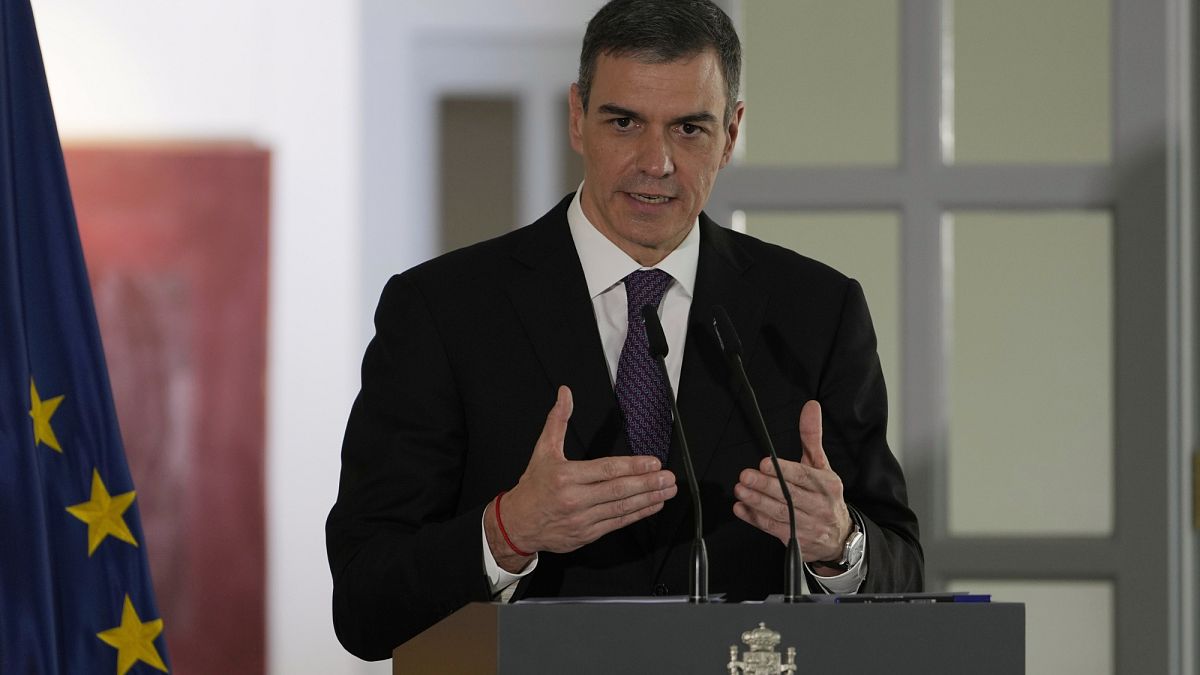
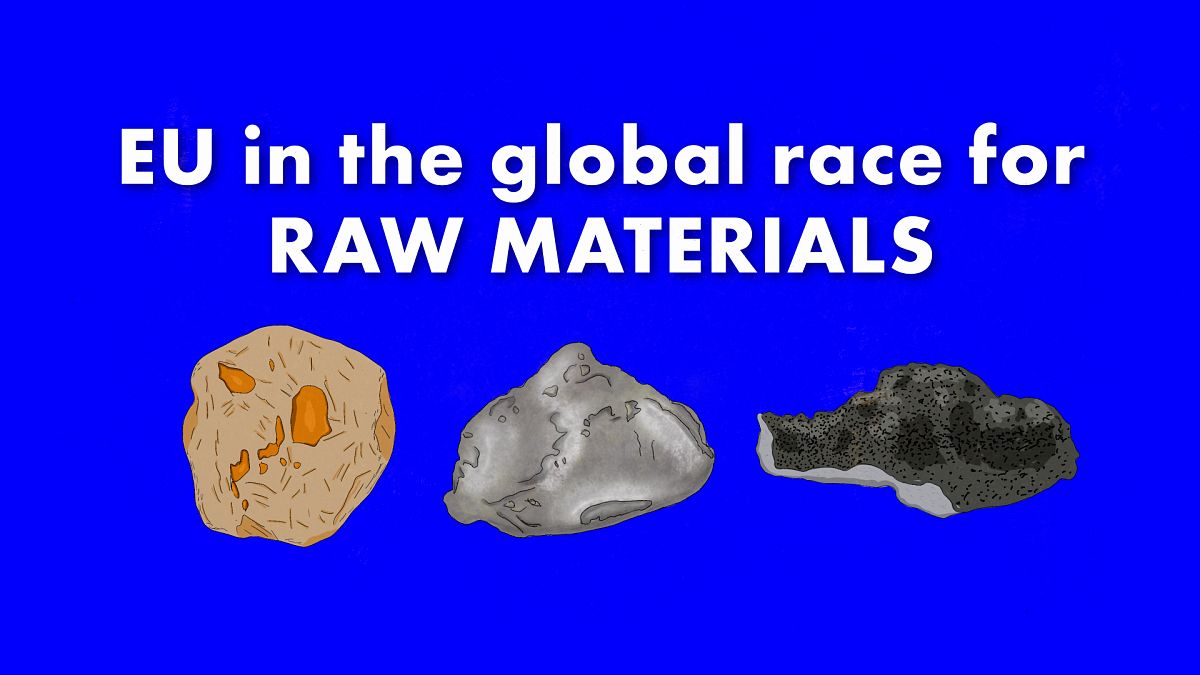
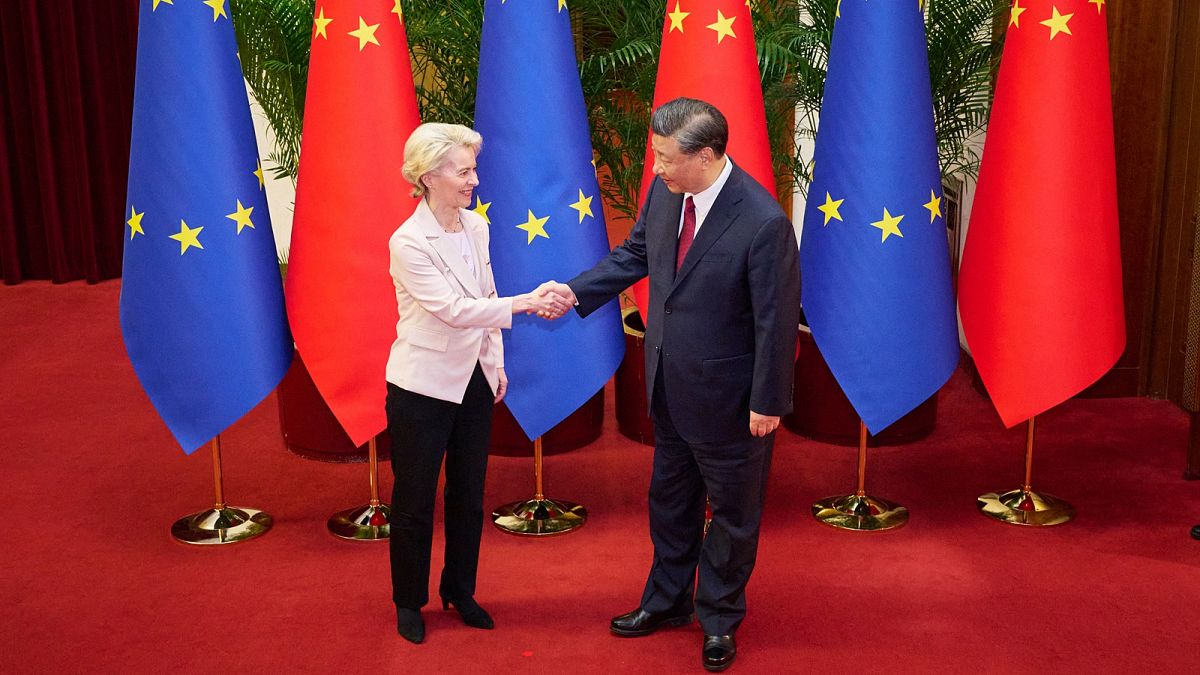

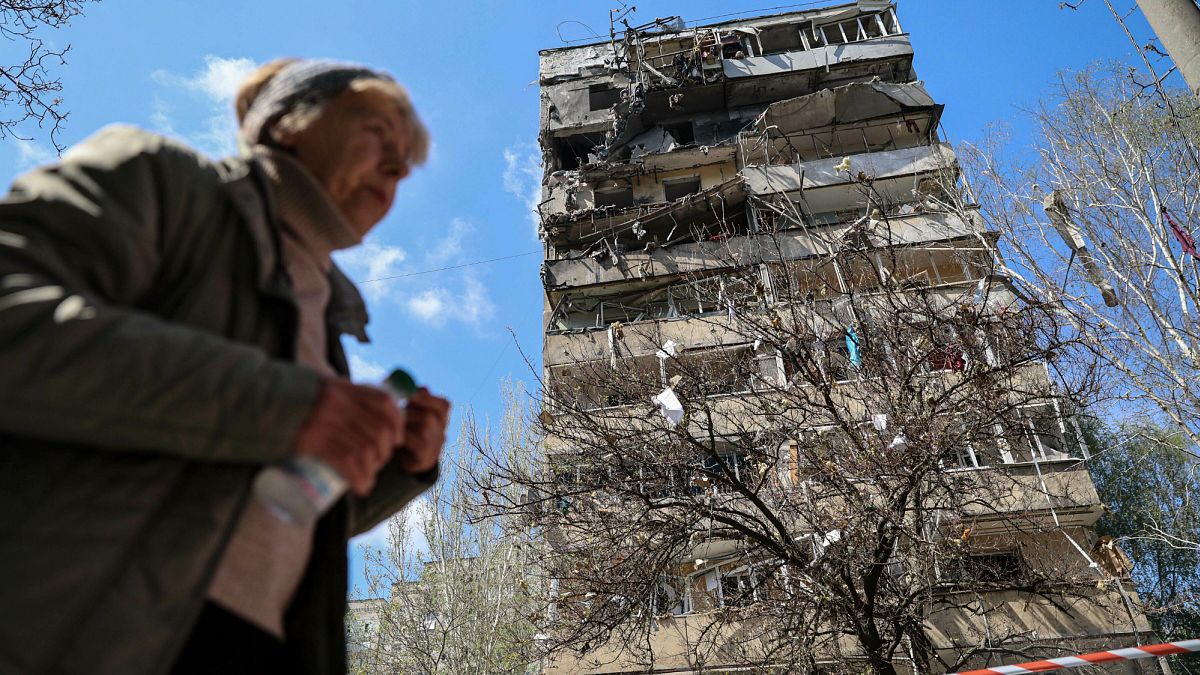

 We deliver critical software at unparalleled value and speed to help your business thrive
We deliver critical software at unparalleled value and speed to help your business thrive
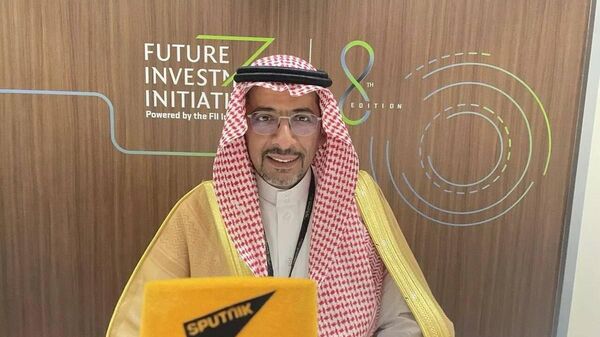


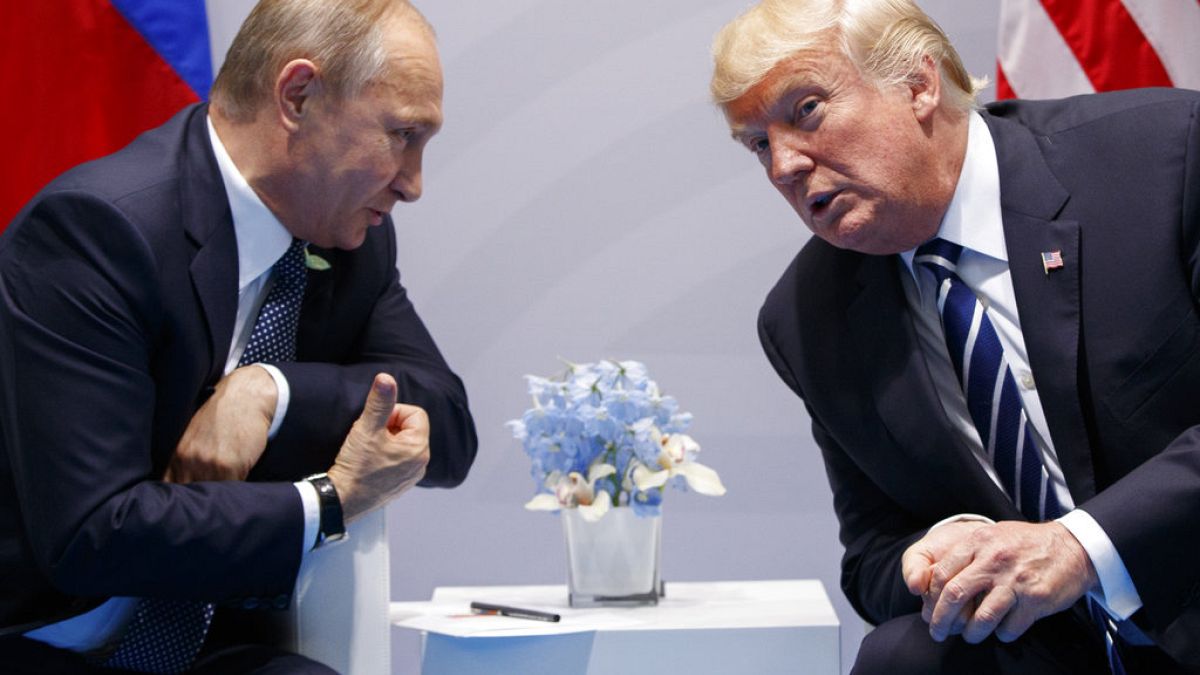


 English (US) ·
English (US) ·